I find ultra running both fascinating and confusing. The idea of testing yourself by running more than a marathon (42.2 kilometres or 25 miles) through amazing scenery, up and down mountains, and over the toughest courses imaginable seems incredible, like a direct path to purpose, mental toughness and amazing legs. But it also sounds like torture. The training alone would take over your life, it can be brutal on your body, and I’m not sure how easily it can be added to a ‘balanced life’ of work and family, friends and hobbies, admin and responsibilities. Running I get. I’ve always been a runner: it keeps me fit and sane, and is easy to squeeze in. I prefer tracks to road for the variety and interest, the increased focus on footing and surrounds, the reduced impact on my body, and the chance to lose myself in beautiful locations. (Usually not literally.) But doing it for 50 kilometres? Not so much.
Whether or not you understand the appeal, the fact is that ultra running is booming. The annual Ultra Trail Australia (UTA) event in the Blue Mountains is now the third biggest of its type in the world. In May this year almost 8000 people competed across all events, with more than 3750 entering the ultra categories (50 and 100 kilometres) – the 1500 entries for the UTA100 sold out in hours. Compare that to 2008, when 174 people entered what was then the North Face 100. There’s been a 1000 per cent increase in races listed on ultra running websites worldwide over the last decade, although these aren’t all on trails.
So why? When asking the questions “why run so far?” and “why on trails?” there seems to be three common threads.
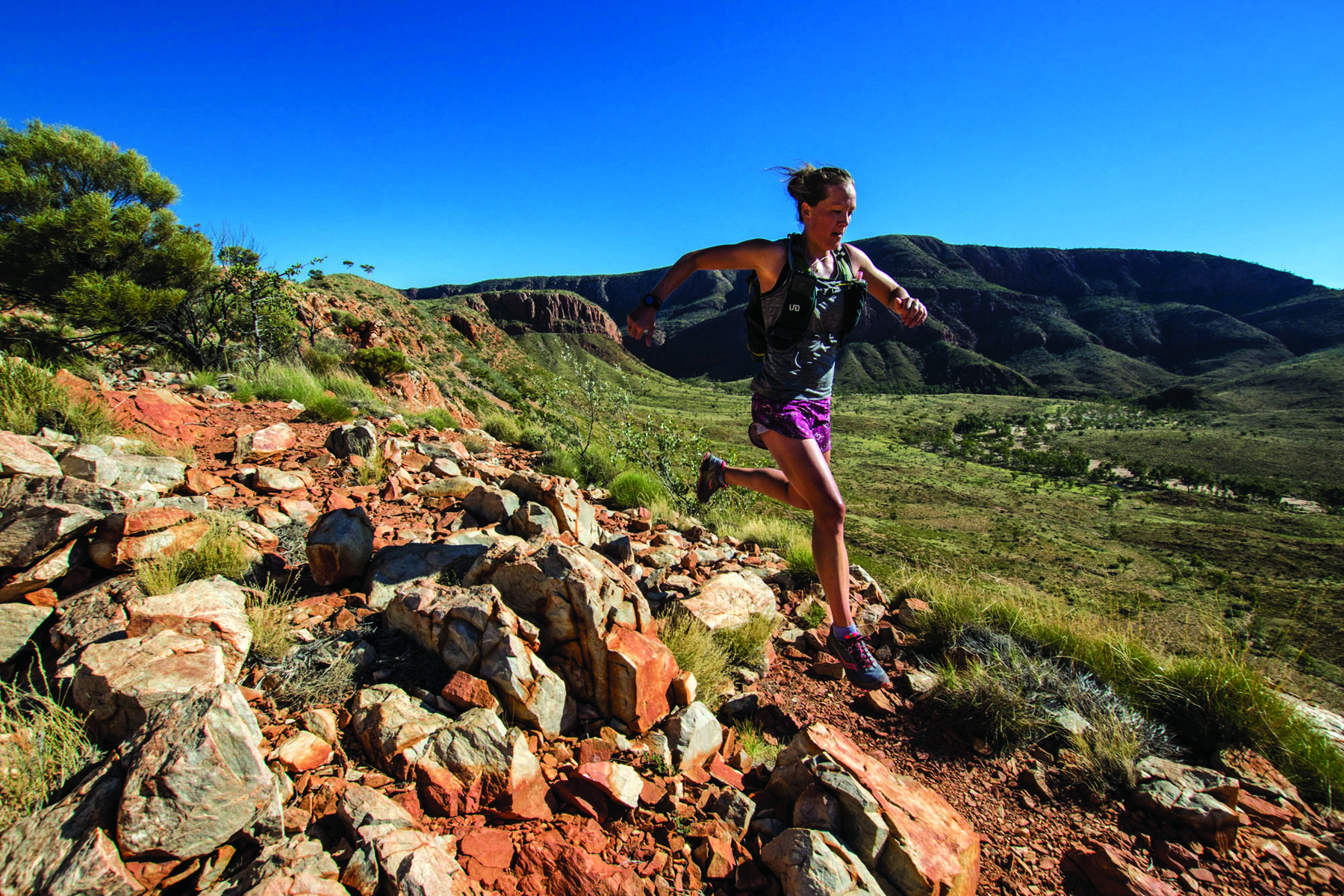


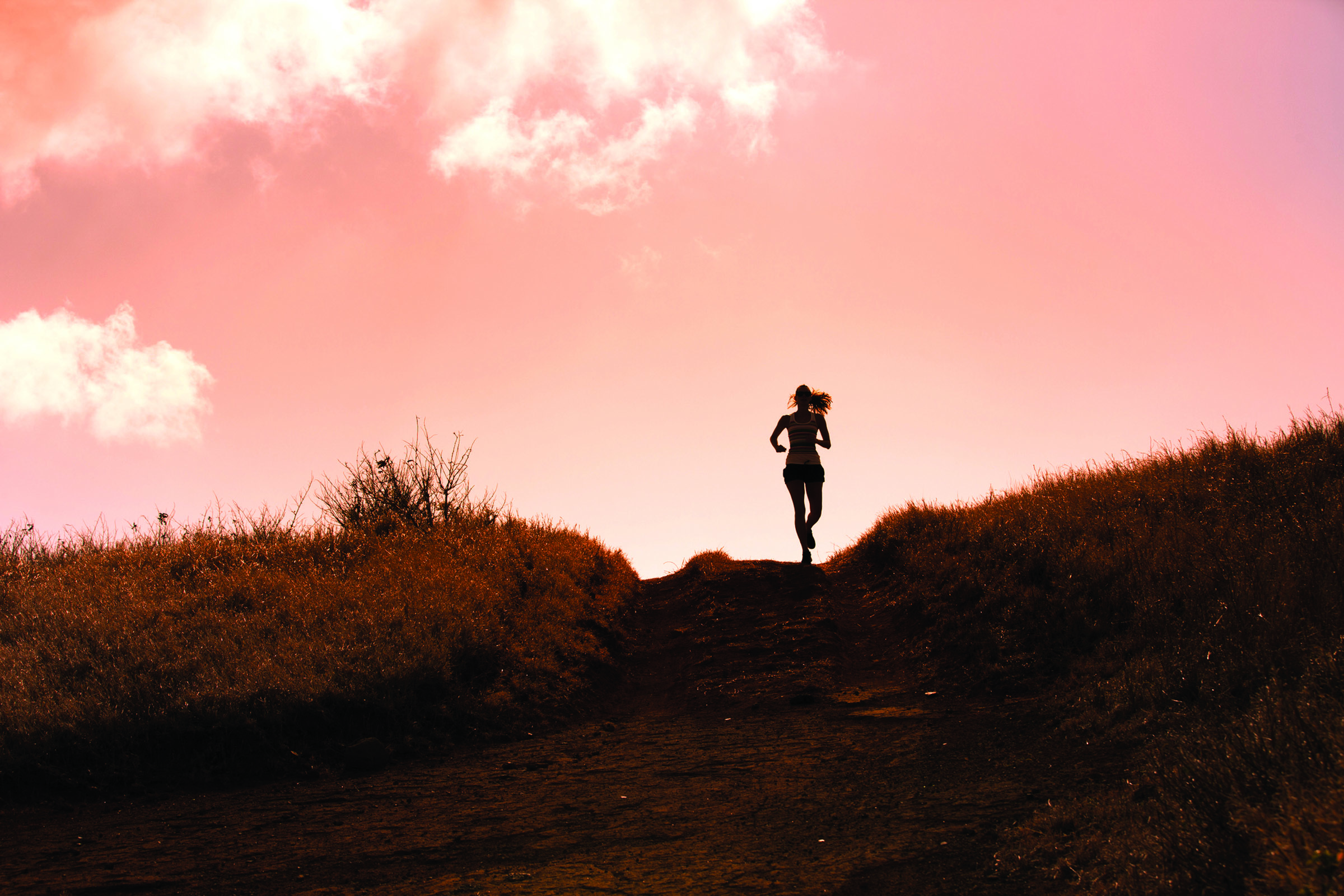
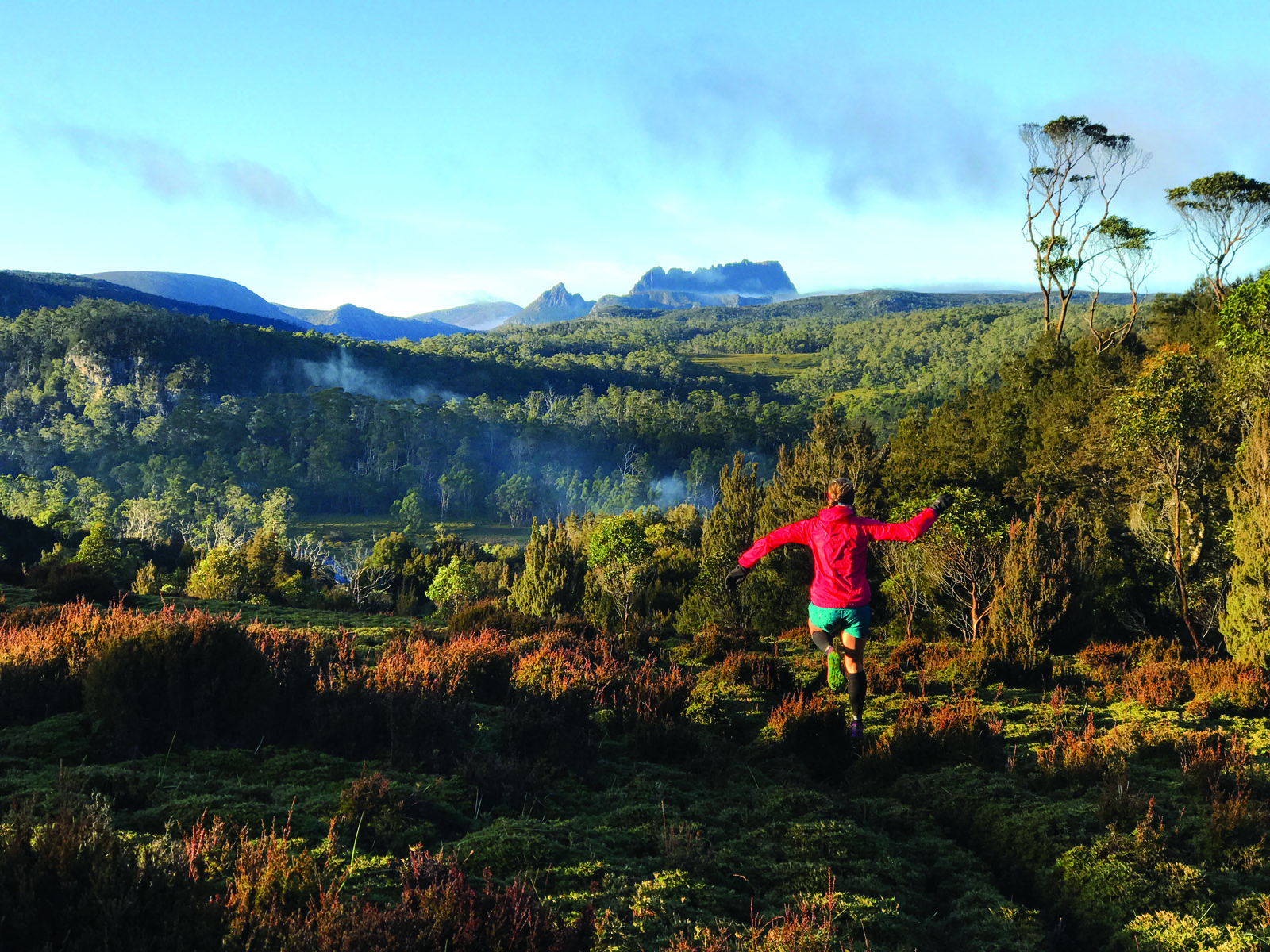
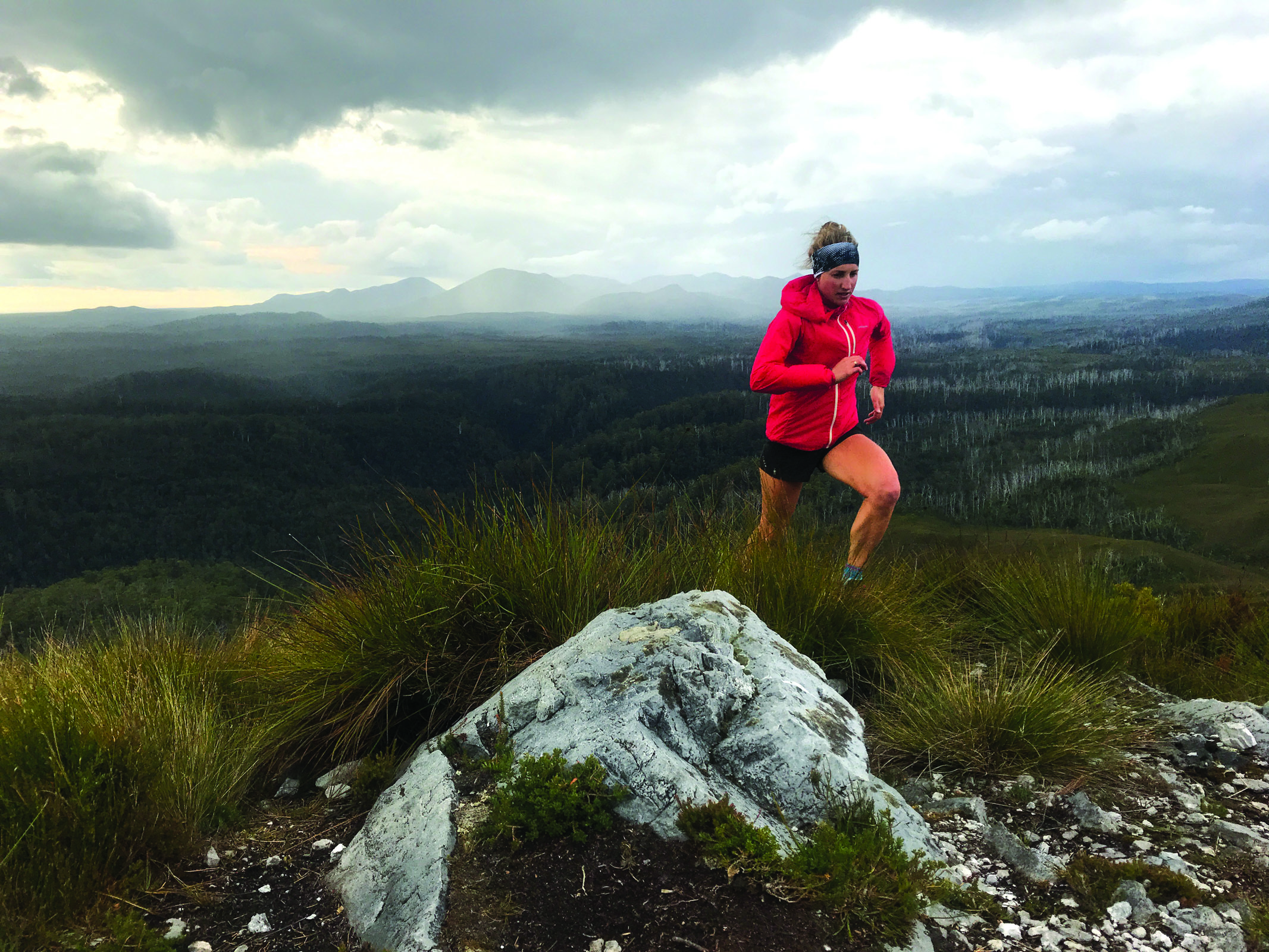
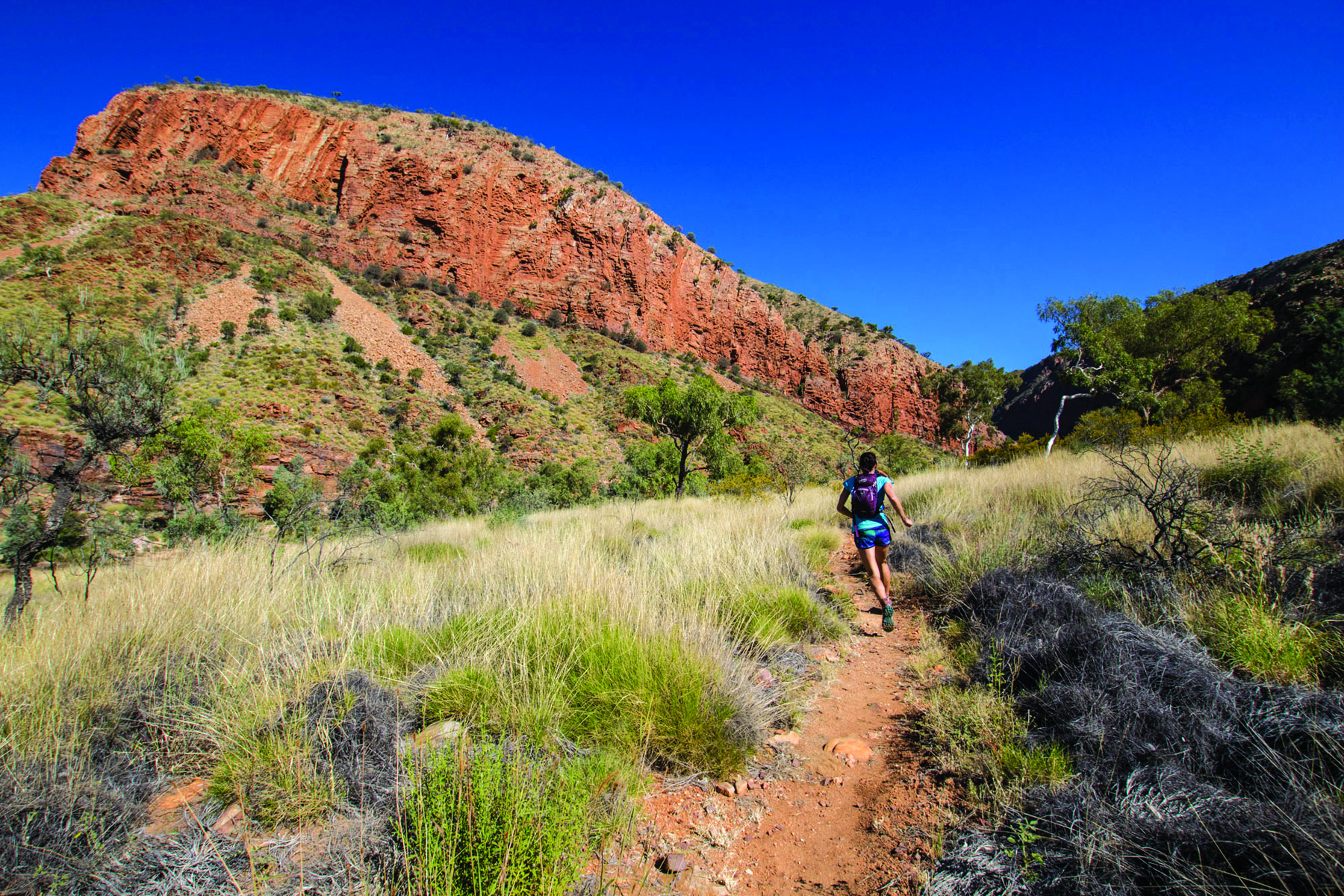
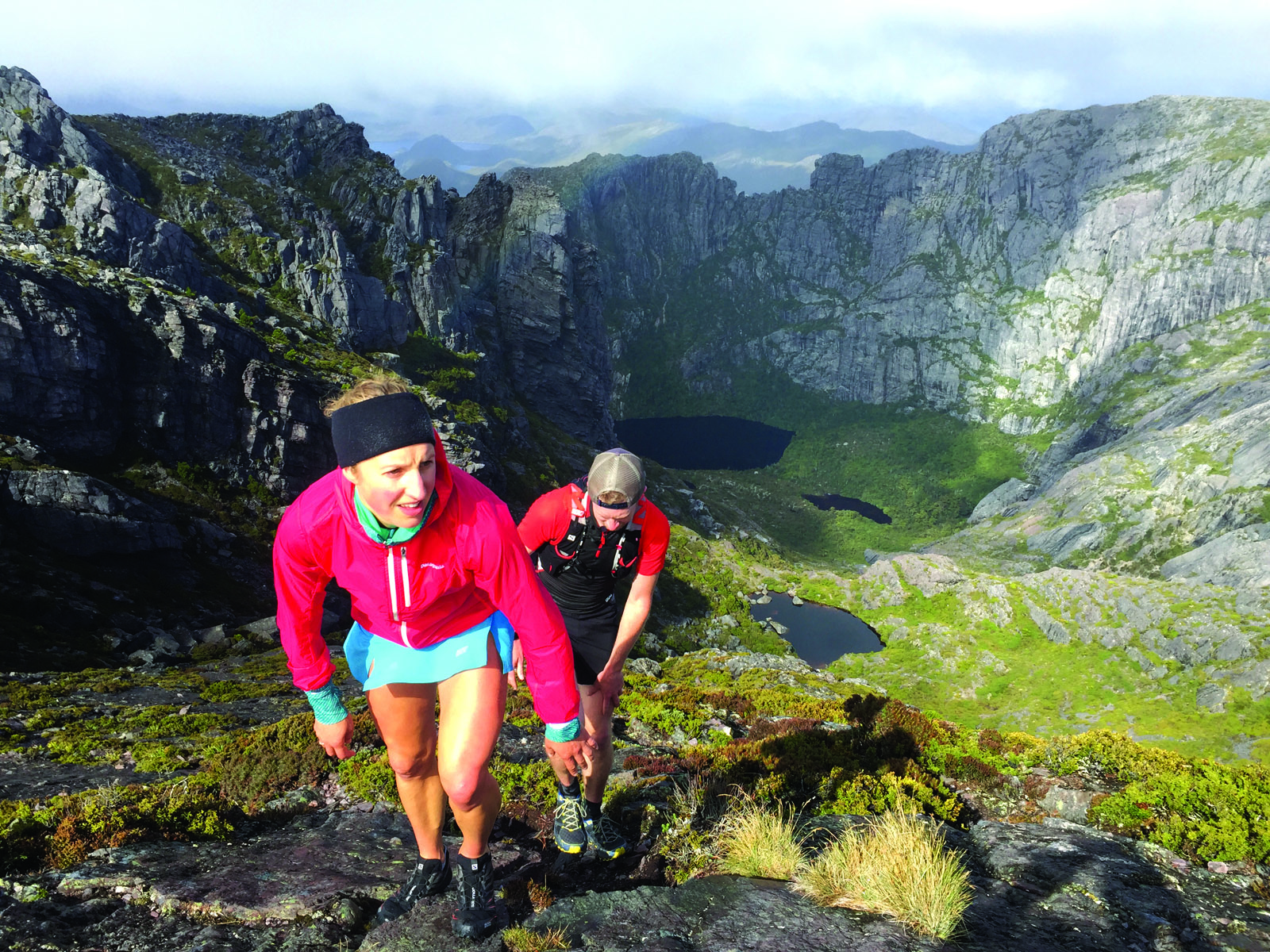
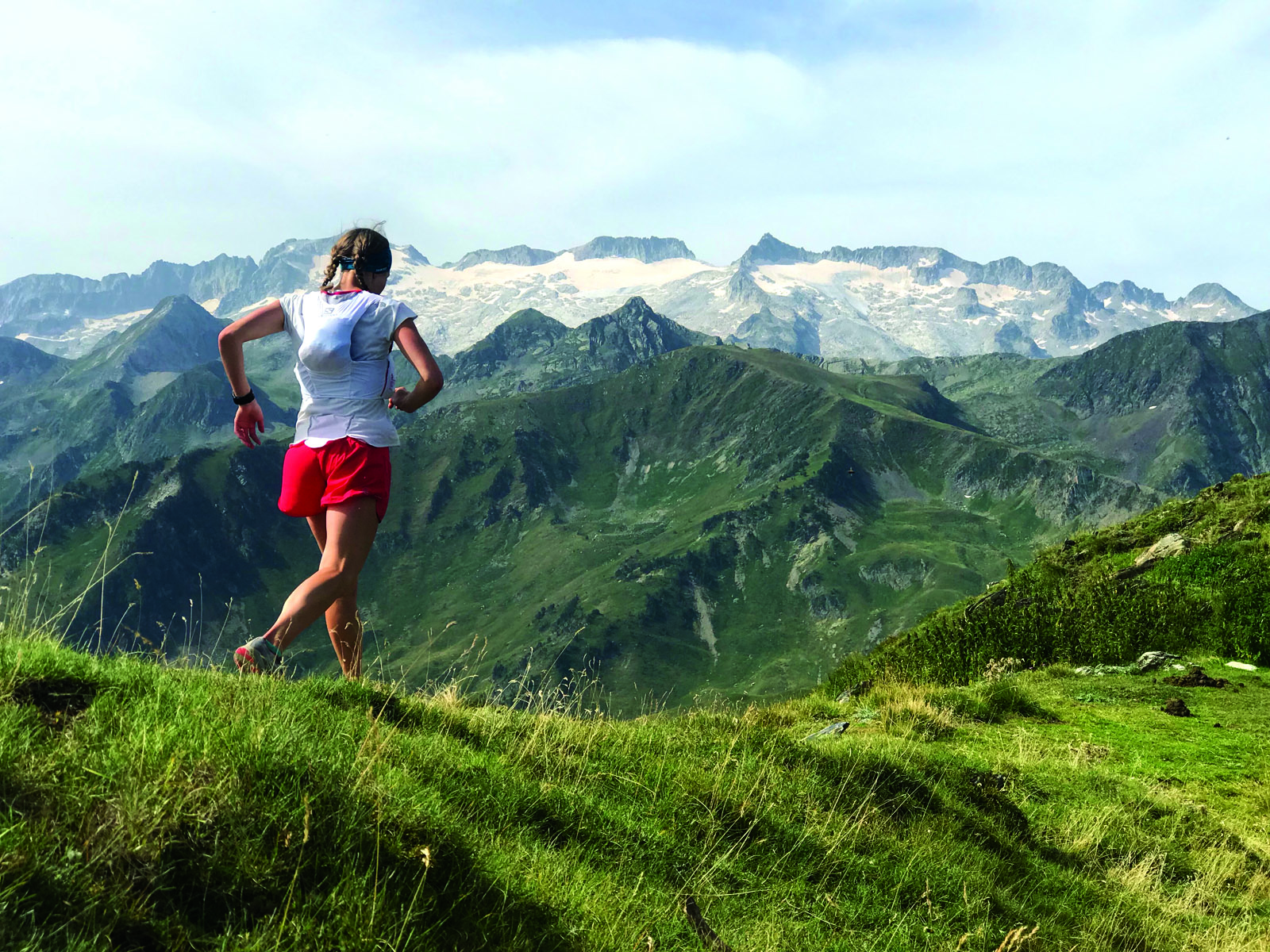
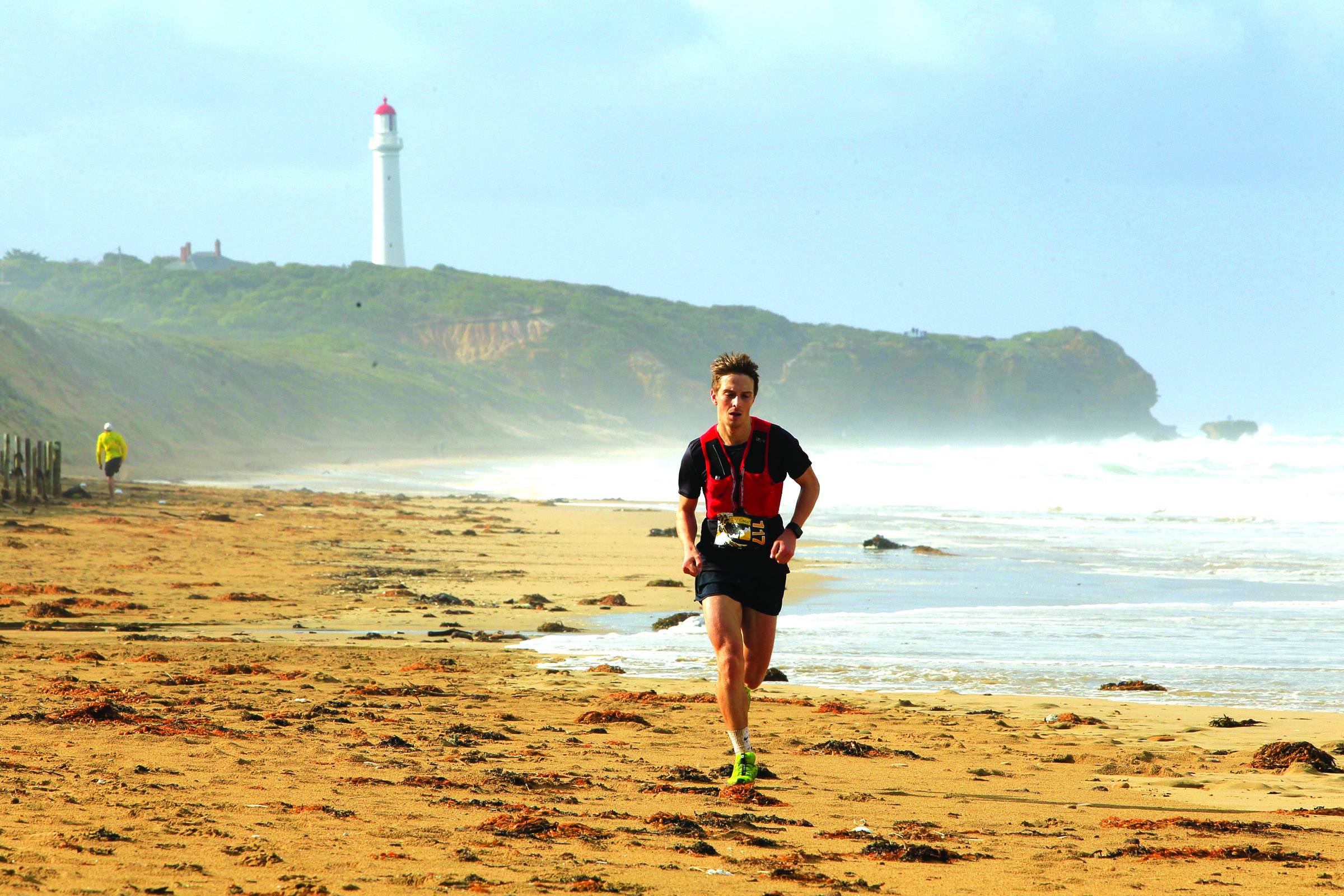
Credit for Images: kieferpix/Getty Images, Chris Ord, Graham Hammond.
IT’S THE ULTIMATE IN EASY, CONVENIENT, INCLUSIVE SPORTS...?
The first is the sport’s accessibility, which seems illogical. How can something involving superhuman endurance be easy to get into? But as Editor of Trail Run Magazine Chris Ord points out, all you need to get into ultra running initially is a pair of sneakers and a dotted line on a map. There’s no equipment or specialist training needed, and little geographical or climate restrictions.
From a biological perspective, the long distance can be seen as perfect. The theory goes that in days of hunting as a tribe, our ancestors covered distances around marathon length while on the chase. According to Joe Ward, ultra runner and founder of the Manly Beach Running Club, “You’d have a lot of guys at the front trying to chase down an animal, but you'd have the women carrying the children and running 25 miles. So women have an ability to carry the kids and run 25 miles, whereas men have the ability to run 25 miles.”
Which might go some way to explaining the relatively even gender split in ultra running. In fact, data from Ord’s trail running events shows a 60/40 split in favour of women. There’s more to this of course, as this is true of shorter events, too. “As it gets into the longer distances, it does start to swing the other way, which is crazy because as you get longer, women get more competitive with the men.” Recent outcomes on a single weekend in May bear this out. In the Riverhead ReLaps event in New Zealand people run until they drop: Kate Wright was the last standing this year. The Down Under 135 winds for 135 miles (217 kilometres) through Victoria’s Lerderderg Gorge; third out of the nine finishers was Karen Barrett.
This diversity also stretches across age and background (although reliable stats are hard to come by). Most participants are between 35 and 54, and come from all sorts of sporting backgrounds, including many who have never considered themselves sporty. The appeal varies with the approach: Ord came from an outdoors background and loves the freedom and distances opened up by travelling light. Ward transitioned from road running for the nature and lower impact. Former World Orienteering champion Hanny Allston was burnt out by elite sport; she appreciates the holistic nature of trail running, and the emphasis on personal achievement. Allston runs ‘Find Your Feet’, a hub for all things related to trails and outdoor adventures, including coaching and running tours. When talking about the diversity of participants, she says, “If you are striving for goals you are an athlete. It doesn’t matter how fast you are, how old you are, what shape you are in, you need to make people feel like an athlete because as soon as they see themselves as an athlete… it's like giving them permission to be there and believe in themselves.”
Trail running is also easier on the body than road running thanks to the softer surface, slower speeds and more diverse movements. As well as this ‘gentleness’, it’s also convenient. (It’s all relative, right?) As Ord put it in a Dirt Church podcast: “People are moving away from traditional sports. They are very structured and we’re all busy, busy, busy. With trail running you can do it when you want, how you want. You can be a competitive trail runner; you can go to events or not go to events… You can trail run with people socially or do it by yourself. You can undertake the activity in so many different ways, for so many different reasons.”
YOUR REASONS ARE VALID, WHATEVER THEY ARE
So far it’s all about what gets people in, not what keeps people running, upping the distance from 50 to 100 kilometres to a 100 miles and more. Ward has a theory. “People are starting to realise that being comfortable doesn’t make them happy.” Ultra running delivers the requisite discomfort in spades. From nipple chafing to tetany seizures, the sport seems designed to prevent you from getting comfortable, while simultaneously challenging you to keep going. There are stories aplenty: Ord’s include getting pulmonary oedema while filming a high-altitude ultra run in Bhutan, as well as a tetany seizure in the middle of a desert, 93km into a 100 kilometre challenge. “It’s where you’ve pretty much got no potassium in your body, which you need for your muscles to fire. So it’s like a cramp times 1000 and it eventually just gives you a heart attack, just stops your heart, and you die. It is the most painful thing I’ve gone through to this day.”
The variety of discomfort on offer is matched by diversity of distances, types and motivations. And it’s with motivation where ultra running seems to differ most from ‘normal’ sport, with more emphasis on personal achievement than competition.
Ward captures it well. “I felt like with my first ultra, I finally found my tribe… it doesn't matter if they’re front of the pack, back of the pack, they're my people. There's something very special about a group of crazy people with the same goal that are just competing with themselves.”
Ord explains that it’s quite common in ultra running events (especially the big ones – 100 miles plus) for the winner to stick around to welcome home the final person, which can sometimes take days. “(With ultra running) the motivations are many and varied and a little bit more holistic or altruistic than most other recreations.” In 2010 the joint winners of the UTA100 finished the course holding hands – not something you’re likely to see in a marathon!
Allston points out that ultra running is not all about the events. “There is the racing scene, but there's also this other side where you get to set the adventures and the challenges and to explore the places you want to go… some of the greatest moments of joy are when you stand on top of the mountain on your own and think, ‘Look where I just brought myself.’”
Events are the most visible aspect of the sport, and seen as a great, safe, social space, but not as the reason to do it. According to Ward, many athletes see the race as a celebration of their training, as well as all the things they’ve done over the last six months.
There are also so many varieties of ultra runs, and runners: desert, mountain, coast; 50 kilometre speedsters, multiday specialists, 100 mile plus survivors. Ord says, “All these people are different types of trail runners who become heroes in that domain and are worthy of it because what they’re doing is amazing.” (And because even finishing the event is a feat!)
CONNECTIONS AND COMMUNITY
These words came up time and again. ‘Connecting’ seems to be to ultra running what a ‘gentlemen’s game’ is to cricket or ‘the search for the endless summer’ is to surfing – a founding attitude; a mythology with truth.
Ord explains: “You're reconnecting with nature, which has its own inherent biological, physiological and psychological benefits. You're reconnecting with your own body because you're noticing little twitches and injuries and… so you're starting to realise how your body works. You're reconnecting with what you're eating because as you get into ultras, nutrition starts to play a really big role. You're reconnecting with education because you need to educate yourself about training techniques, about nutrition. You're reconnecting with friends on the trail.”
There’s a lot of talk about flow; about experiencing out-of-body meditative states where hours of running pass like minutes. (There’s also the converse: Ward talks about leaving bits of his soul scattered around courses, of living whole lifetimes while buried deep within the ‘hurt locker’ on the trail.) But it’s the good times that keep people running, for those hours and hours and kilometres and kilometres. Allston’s proudest achievements aren’t about races and records, despite having plenty to choose from. Instead they are running the South Coast Track and Federation Peak, both challenges she dreamt up that she wasn’t sure were achievable. “It's 93, 95 k. It’s brutal, it's tough, it's Tassie… Being in it all day and loving it and not wanting to be anywhere else in the world. That is actually the highlight of my running career. I've never felt that good.”
And I suppose that’s the answer, or part of it, to the question of why. It’s because of what it teaches you, of what you learn about yourself and what you are capable of. It’s the deeper understanding of your place in the world and the chance to carve out a little hollow in a like-minded community. It’s to test yourself and grow, and do it again and grow some more. It’s as a contrast to a cushy life and as a connection to a wilder past, but also to let you incorporate play and adventure and a touch of wild into your everyday. And I think it also may be just a little addictive. As Ord says, “You kind of lose perspective. In trail running land someone goes and does a hundred k, you don't even raise an eyebrow anymore.”
GETTING INTO ULTRA RUNNING
Training
Not all trail running leads to ultras, and that’s okay. Start with a distance and work your way up if you want. Motivations are personal, so there’s no need to get on the track of continually increasing distances.
One of the things everyone seems to agree on is that there is a massive diversity in ultra running, and a resulting massive variation in training. However, ‘average’ weekly distances mentioned were around 90-100 kilometres, building to around 150 kilometres before an event. Most ultra runners add some core work to keep up strength and technique: gym, swimming, pilates, even gardening.
Allston has a series of training guides written for specific events, all of which follow ‘wave training’ principles of working hard for two weeks, then pulling back for a week to allow your body to recover, before a weekend of wild play. More than 2500 athletes have downloaded these plans in the last year – sounds like a good place to start.
Events
It’s no coincidence that ultra running events are held in places of stunning natural beauty: the Blue Mountains, Mont Blanc, US deserts, through gorges and across mountain ranges. As Ord puts it, “Most people are not there to go faster, to get a personal best marathon time, to be the winner, but just to be out there in this beautiful space. You also want to have the attendant experience: a good social vibe, good support and good safety.”





